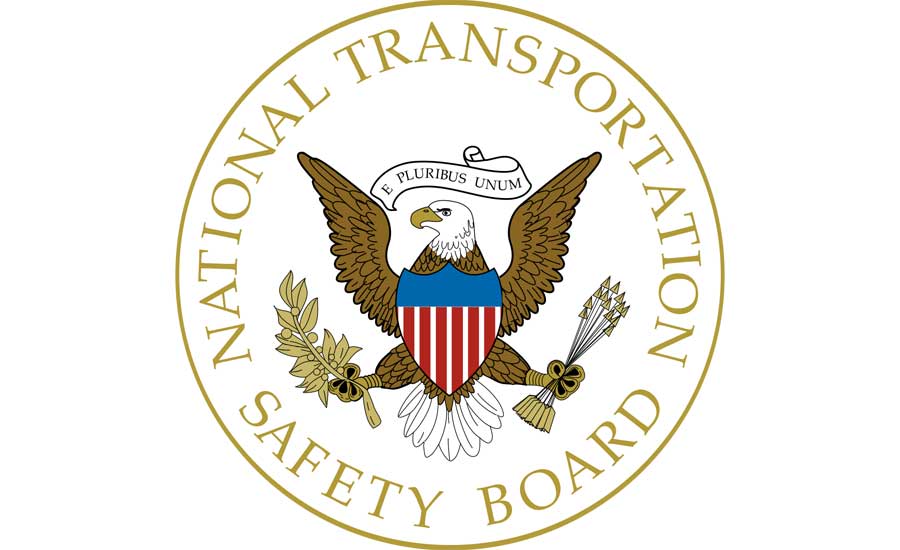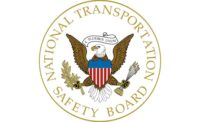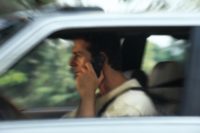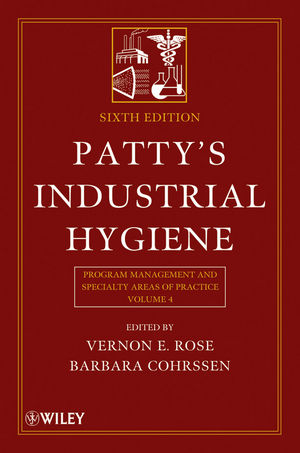Aviation safety, cell phone use by motorists and a progress report on “most wanted” items kept the National Transportation Safety Board (NTSB) busy in recent months.
On September 6, in Anchorage, Alaska, the NTSB facilitated a roundtable of industry operators, government officials, educators, and aviation associations to discuss ways to improve the safety of Part 135 flight operations in Alaska. (Part 135 includes air medical service, air taxi, air tours, charter, and on-demand flights.) Twenty-nine panelists provided valuable insight into the unique challenges of flying in Alaska and offered strategies for preventing controlled flight into terrain—a prevalent issue in Alaska—loss of control in flight, midair collisions, and unintended instrument meteorological conditions. Chairman Robert Sumwalt moderated the event. More than 200 attended the roundtable and nearly 2,000 others watched the broadcast and recorded video. “Improve the Safety of Part 135 Aircraft Flight Operations” is on the NTSB’s Most Wanted List (MWL). Read a blog post to learn about some of the key takeaways.
Air traffic controllers deal with bad weather, emerging technologies
NTSB aviation safety (AS) investigators attended and exhibited at the National Air Traffic Controllers Association’s Communicating for Safety Conference in Las Vegas on September 16-18. Conference topics included training, emerging technologies, runway safety, unmanned aircraft systems, and commercial space. AS Investigators Charles Olvis, Mike Richards, and Shawn Etcher staffed an NTSB exhibit, providing information on NTSB recommendations and safety alerts, such as those related to managing flights safely in bad weather, which, if implemented, could make the U.S. National Airspace System even safer.
Distracted driving and law enforcement
Vice Chairman Bruce Landsberg played a prominent role in two distraction-related events in September and October. On September 24, Landsberg delivered the keynote address to an audience of law enforcement officers, government officials, educators, and corporate safety managers at the DriveSmart Virginia Distracted Driving Summit in Roanoke, Virginia. He shared the NTSB’s perspective and recommendations on distraction, explaining the agency’s recommendation to the states to ban driver use of portable electronic devices. The NTSB also exhibited, offering the more than 200 visitors to the booth information about our MWL issues. A month later, on October 24, the Vice Chairman facilitated a roundtable in Missouri discussing the dangers of distracted driving. The event was developed in coordination with the Missouri Coalition for Roadway Safety, StopDistractions.org, and the University of Missouri. Roundtable panelists—who included distraction experts from across the country, legislators from Missouri, law enforcement, and victims’ advocates—discussed the severity of the problem, its implications, and solutions for combating distracted driving. Missouri was a focus because it has some of the weakest distracted-driving laws in the country. Read the NTSB Vice Chairman’s blog post on distraction.
New year, new board members
And...the new year started off with the NTSB board being brought up to its full complement of five members for the first time since Feb. 15, 2019. Michael Graham was sworn in on Jan. 3 and Thomas Chapman on January 6.




.jpg?t=1721257160)
